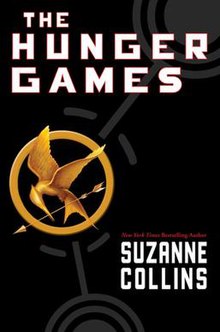My daughter is REALLY into graphic novels - My theory is that they are a chapter book, but still have the feel of a picture book (I think all text intimidates her reading--although she is finally transitioning out of this stage). This week, I searched on Overdrive (where you can link your library card for FREE e-texts!), adn thought I’d try out the graphic novel, El Deafo, by Cece Bell. There’s no doubt this is a memoir of the author’s life (first clue, the main character’s name is Cece, AND of course, the afterward shares this connection posted at the end of the book).
So, this novel tells the story of Cece, who was born of hearing and became deaf after battling meningitis at the age of four. At first, she is scared and clings to her mother as she begins to figure out her newly changed world.
 In this story, we are taken through her childhood through 5th grade. She battles bullying, insecurities, and a boy crush along the way. Her “phonic ear” or rather large and bulky hearing aid with cords to her ears is bulky, and she is ashamed of how this makes her difference transparent to her peers (See this picture--Never knew this!)
In this story, we are taken through her childhood through 5th grade. She battles bullying, insecurities, and a boy crush along the way. Her “phonic ear” or rather large and bulky hearing aid with cords to her ears is bulky, and she is ashamed of how this makes her difference transparent to her peers (See this picture--Never knew this!)
Although I love the fact this book highlights differences and how other feel who are categorized as “different” from a handicap, I found the comic style quite dull at points. She goes through her friends sequentially and how she liked or didn’t like them. I found myself quite annoyed at times with how long these sections of the book dragged on. The author did use the analogy of her living in a bubble, which I found to be a great analogy for her life. And the protagonist, CeCe, fantasizes herself as a superhero when she discovers how she can hear the teacher (who has a connected microphone she wears around her neck) allows CeCe to hear wherever her teacher was in the building (even while using the restroom!—this part I’m sure students would find quite amusing!). At the end of the story, she does become a true superhero when her peers find this “superpower” quite fascinating, and she soaks in that attention!
Overall, I think it is an interesting medium to tell her story (graphic novel) and elementary students respond well to graphic novels. My niece too has a hearing aid and her teacher as well wears and amplifying microphone. I do think I will recommend this book to her, and possible see if my daughter might find it a better read than me. However, it did win the Newbery Honor Award.
Until next week!
Dr. K.









_by_Veronica_Roth_US_Hardcover_2011.jpg)